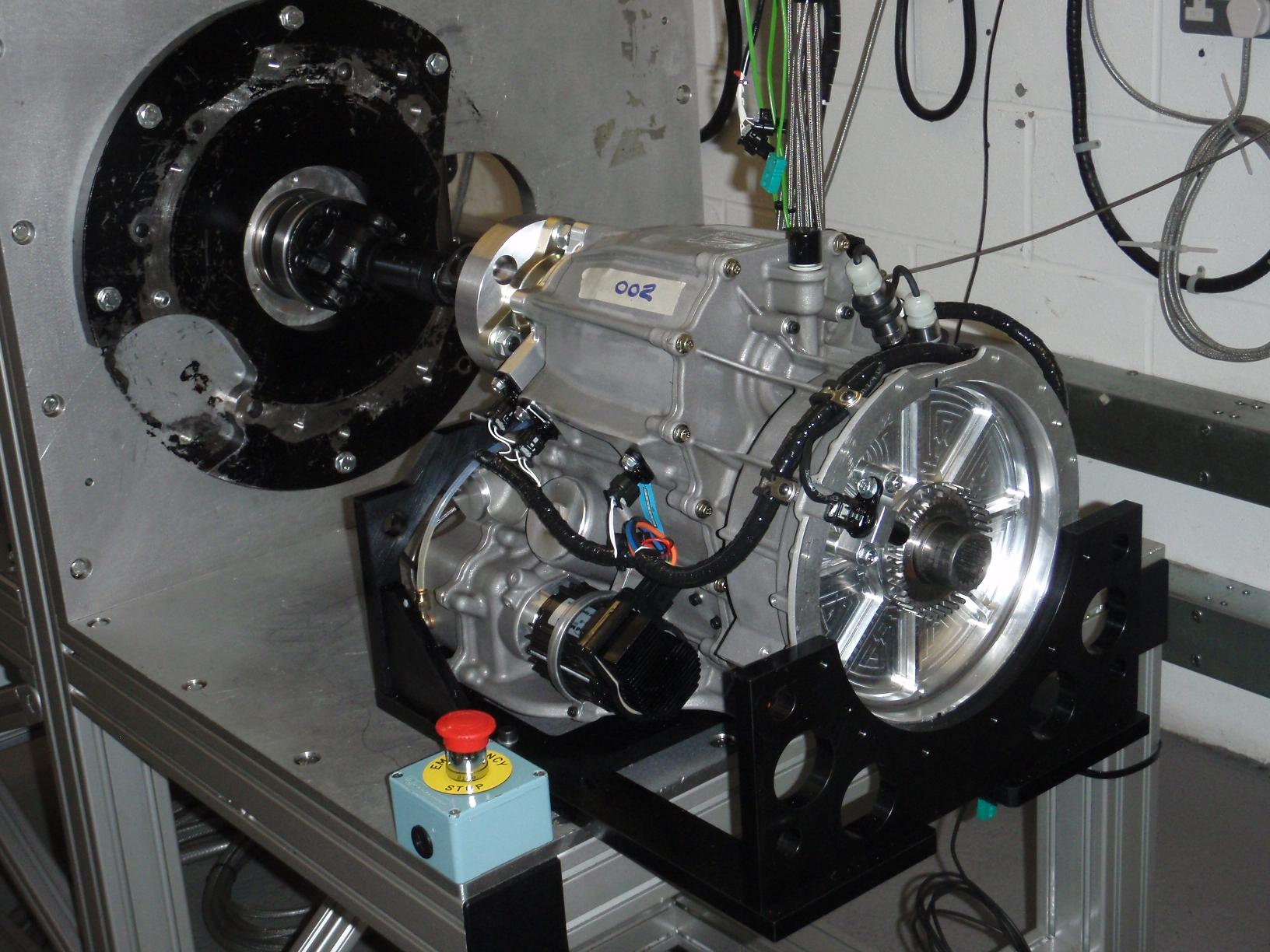The electric vehicle transmission market research report provides a detailed analysis of the market and focuses on key aspects such as leading companies, product types, and leading applications of the product. Besides this, it offers insights into the key market trends. Basic Parts of a Transmission. While there are many, many little parts inside, your transmission is.

Vehicle Transmission By Vin

Top 10 reasons why your transmission may be failing
You know your vehicle. So when it starts acting differently, you take notice. Are you currently hearing strange sounds or is there a peculiar smell coming from your vehicle? Is it handling differently than normal on the road? The most important thing is properly diagnosing the root cause of your vehicle's issue. Below are the tops reasons or signs that you may require transmission repair:
The top signs why your transmission may be failing:
AAMCO is the most trusted name in transmission repair and has been for over 50 years. What sets us apart is our comprehensive diagnostic approach, along with the knowledge and expertise to pinpoint the root of your transmission issue. You may be experiencing a problem with your transmission if your vehicle is exhibiting any of the following symptoms below:
- Transmission won’t engage or stay in gear
If when you put your vehicle into gear and it won’t move, this may be a problem with low transmission fluid due to a leak, the shifter, shifter cable, or it could even be a problem in the valve body of your automatic transmission. Newer vehicles depend on the computer to tell the transmission when to go into gear based on your selection and you may need to have the computer system checked for trouble codes. - Shifts are delayed or missing gears
If your transmission takes a while to go into gear, you may have a low transmission fluid condition because of a leak or contamination due to lack of maintenance or even water intrusion during off road or flooding conditions. While this may not sound serious, but this can also create an overheating condition that can damage internal transmission parts. Other possibilities could be an engine related problem that will cause the computer to not allow the transmission to shift into higher gears. - Transmission slipping or engine is revving high
This condition can also be caused by low transmission fluid, contamination due to lack of maintenance or water intrusion, or internal wear and tear on the transmission parts inside the transmission. A high revving engine is a typical sign that you have worn clutches or other parts inside the transmission going bad. Read more about common causes and signs for a slipping transmission. - Transmission fluid is leaking
A red fluid under the vehicle is a sign that you probably have a transmission fluid leak from one of the cooler lines, a gasket or a seal. This is not only bad for the transmission but is also dangerous if the fluid leaks on a hot pipe or other surface. Check your dipstick for proper fluid level and condition. Note: not all transmission fluid is red and not all levels can be verified with a dipstick method, but require specials tools. - If there’s a burning smell
A burning smell is typically caused by a fluid leak or in some cases by low fluid causing a burning clutch smell. If you catch the fluid leak quickly you might be able to save the transmission from damage. Check your transmission dipstick as per the manufacturer’s direction for level and condition. - If there is buzzing, clunking, humming noise
A buzzing, clicking, humming, roaring noise from inside the transmission is usually a symptom of a bad bearing, planetary gears damage, or other internal problem. A buzzing could also come from a bad internal sealing surface, a seal, or low transmission fluid due to a leak. - Car has no power
If the vehicle has no or little power and the engine is running correctly, this could be from internal transmission problems, brakes that are dragging due to a faulty caliper or brake hose, or your computer in the vehicle is limiting power because of a problem it has detected in order to protect the engine. Have the vehicle checked for trouble codes to isolate the problem. - Check Engine Light or Over Drive Light is on
A check engine light is not dedicated to the engine only. A check engine light can also tell you that you have problems with the transmission including overheating, solenoid problems, speed sensors, slipping transmission and many other problems. Have the trouble codes retrieved to see what systems and circuits are indicating a problem. While not all sensor related codes mean the sensor is bad or will repair the issue, it will give you a starting point for the concern.
Manual Transmissions:

Although not as common, many drivers still choose to drive manual transmission vehicles (also known as manual shift, stick shift cars)
Vehicle Transmission Disease Examples
- Gears are grinding when shifting
When your manual transmission grinds when shifting gears that is typically a condition related to the clutch not releasing, the shift synchronizer rings inside the transmission itself worn or broken, or a shifter wear or adjustment problem. Transmission oil/fluid that is low, dirty or the wrong fluid can also cause this problem in manual transmissions. - The clutch pedal grabs very low or very high
A clutch pedal that engages very low is typically a problem with the linkage or hydraulic system that operates the clutch. A simple adjustment or bleeding might solve this if there are no hydraulic leaks. A clutch pedal that grabs very high could be an adjustment, or more likely a worn clutch disc and pressure plate.
